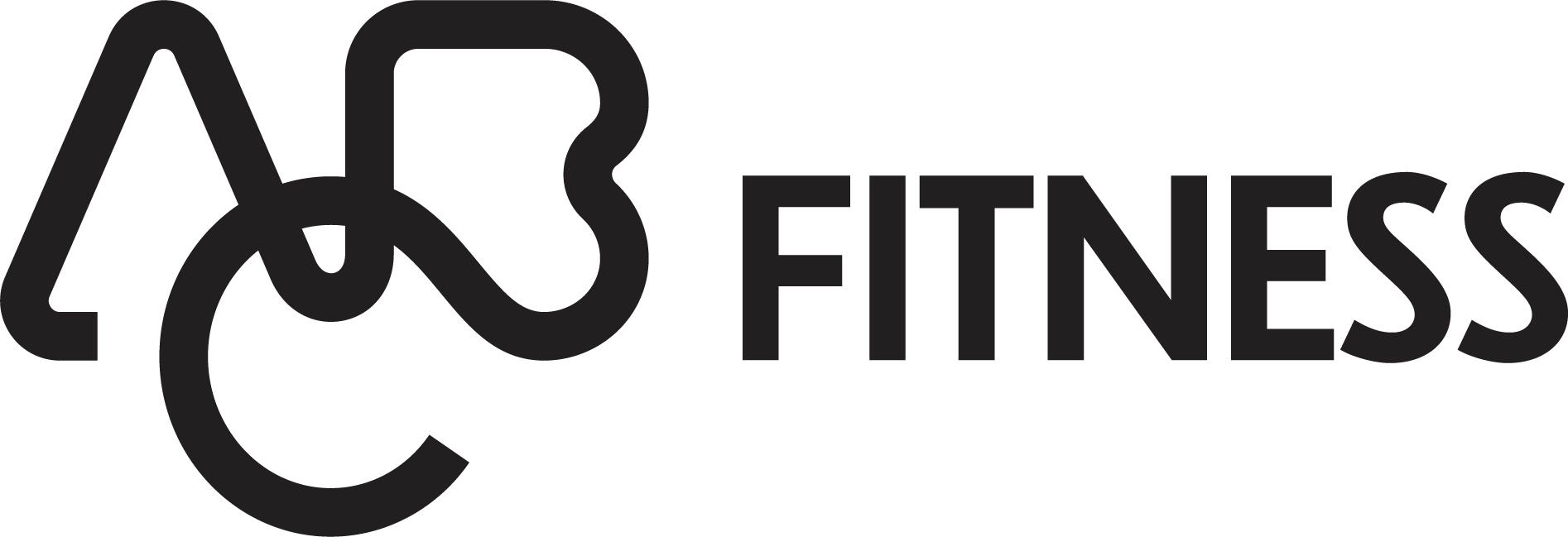The Power of Questions in the Health Club Sales Process
By: Jim Thomas
Jim Thomas’ Fitness Management & Consulting
Sales training participants in our workshops often ask how they can better control the membership sales process. Although many have been trained to spend the majority of their time talking about their club features and programs’ believing that telling is selling… it is an ineffective approach. The most effective way to control the membership sales process is to ask more questions.
Selling is like driving a car: The person who asks the questions sits in the driver’s seat and controls the direction of the sale, while the passenger—the person who answers the questions—goes along for the ride. Unfortunately, many health club sales people feel that they are selling when they respond to their prospect’s questions. They mistakenly believe this will demonstrate how smart or knowledgeable they are and will help their prospect make a membership buying decision. In actuality, the prospect takes control of the sale whenever he moves into the driver’s seat by asking questions.
You can also lose control of the membership sale if you aren’t asking the right kinds of questions. Many health club sales people have learned to ask questions, all too often they sound like this: “If I could save you money, would you be interested?” “Is this the one you want?” “What will it take to earn your business?”
The problem with questions like these is that they do not help you gain the knowledge you need to effectively present a solution—and these questions only demonstrate a lack of sales ability that will quickly cause the prospect to lose interest in the discussion.
Instead, you need to ask high-quality questions that will make your prospect think and will demonstrate your club’s knowledge and expertise. For example, focus on learning more about the prospect’s goals and challenges. This approach helps you gain more insight to your prospect’s situation, which means you will be able to present an attractive solution.
Here are three tips to developing good sales questions:
1. Determine your key objective. What information do you require in order to move the sales process forward or determine the best solution for your customer? Your questions may vary depending on the customer.
2. Consider the person you will be speaking with. Questions about the individual’s goals and objectives and the challenges and barriers that are preventing them from reaching those targets will give you valuable insight.
3. Use “what” questions.
- What caused that problem?
- What action are you taking to achieve your goals?
- What specific challenges are preventing you from reaching your targets?
- What results are you expecting?
By determining the cause of their problems, you will be able to better tailor your presentation and show your prospects how your program is a solution.
Another mistake membership sales reps make is that they tend to move backwards through the sales process. Oftentimes, reps start a sales presentation to a client followed by a Q & A session. This is a recipe for failure and sets the prospect up to ask questions and take control of the sale. Instead, ask questions about your prospect’s needs first and then adapt their presentation to address those needs. If you can offer a prospect a definitive solution, closing the sale will be a certainty.
In today’s competitive business world it is actually easy to stand out from the competition. Most sales people are so focused on trying to get the sale that they don’t learn anything about their prospect’s situation. If you truly want to control the sales process and positively influence the outcome, you must teach yourself to ask questions instead of talking. Contrary to popular belief, telling is NOT selling.
Jim Thomas’ Fitness Management & Consulting
fmconsulting.net


